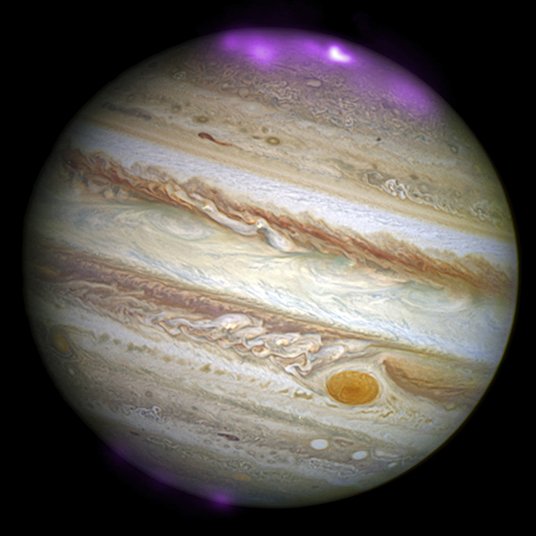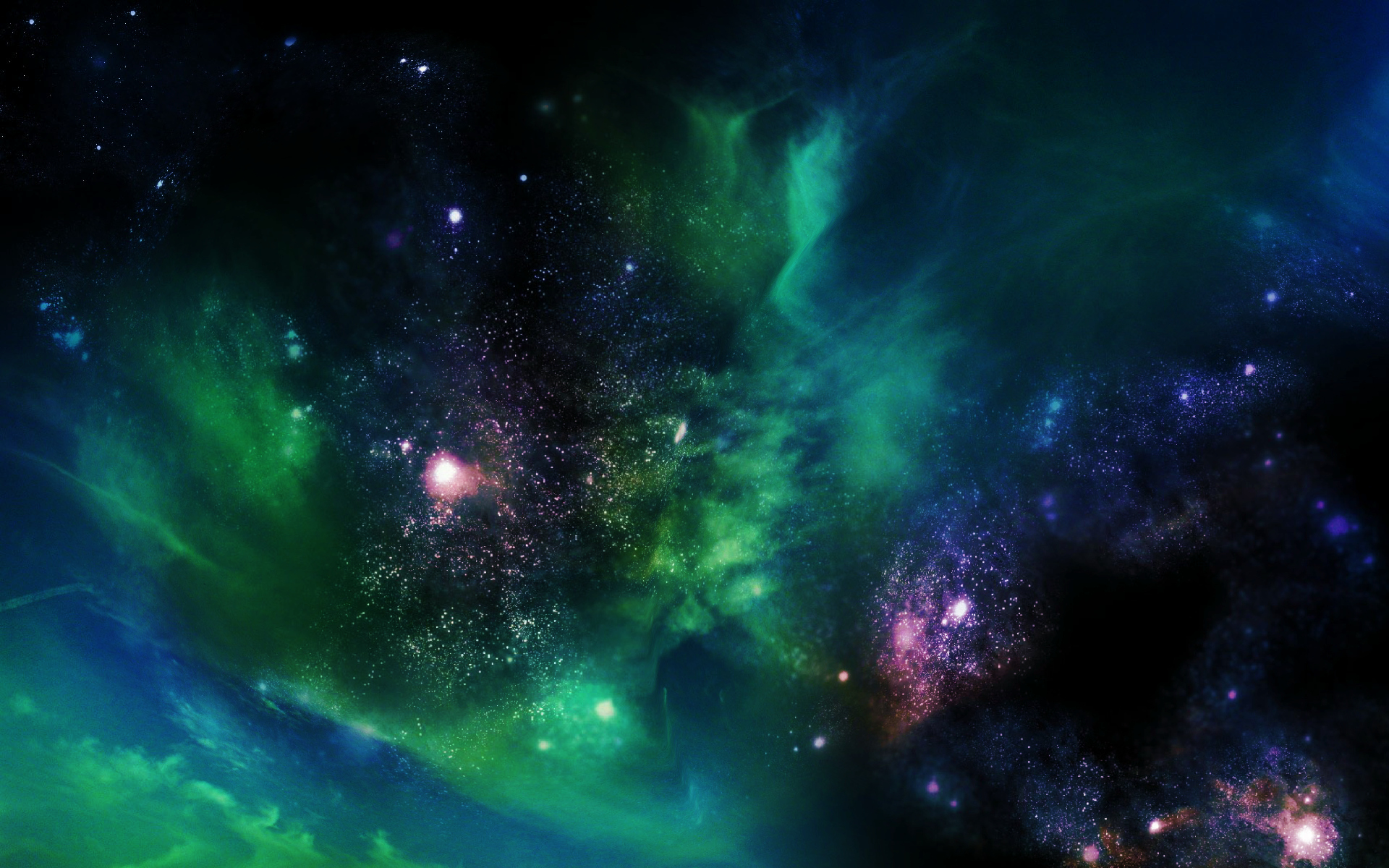
A new study presents the first physical evidence that the Venus’ and Jupiter’s gravity can cause shifts in Earth’s orbit—and swings in its climate—every 405,000 years.
In this animation the viewer is taken low over Jupiter’s north pole to illustrate the 3-D aspects of the region’s central cyclone and the eight cyclones that encircle it.

At the north pole of Jupiter eight storms are arranged around a single polar cyclone. In the south, one storm is encircled by five others.

Scientists have detected a powerful X-ray aurora hotspot near Jupiter's south pole and it does not behave how they expected.

Pictures of Jupiter's most powerful storm, have been transmitted to Earth, giving eager scientist close-up views of the 10,000-mile-wide anticyclone where winds have been howling for at least 187 years.

A new study suggests that the early Solar System was quickly divided in two, with the rapidly forming Jupiter creating the dividing line.

The original plans for the Juno mission to Jupiter didn’t include a color camera. But a camera was added to the manifest, and the incredible images from the JunoCam have been grabbing the spotlight.

NASA is releasing Juno’s first scientific results and Jupiter appears a lot weirder than anyone thought it would be.

New observations suggests that the largest of Jupiter's Moon Io lakes, Loki Patera, produces enormous waves that repeatedly flow around the molten surface.

The image was taken on 11 December 2016 at 1744 UT, from an altitude of about 52,200 kilometres above the planet’s beautiful cloud tops.

The JunoCam captured this image on 2 February 2017, at 1313 GMT, at an altitude of 14,500 kilometres above the giant planet’s cloud tops.

They say the shortest distance between two points is a straight line, but for JUICE—a European Space Agency-led, Jupiter-bound probe scheduled to launch in 2022.
The data was collected when the spacecraft made its first orbital pass of the gas giant on Aug 27, 2016, with all spacecraft instruments turned on. The frequency range of these signals is from 7 to 140 kilohertz.
NASA's Hubble Space Telescope took direct ultraviolet images of the icy moon Europa transiting across the disk of Jupiter. Out of ten observations, Hubble saw what may be water vapor plumes on three of the images.

NASA's Juno spacecraft has sent back the first-ever images of Jupiter's north pole, taken during the spacecraft's first flyby of the planet with its instruments switched on.